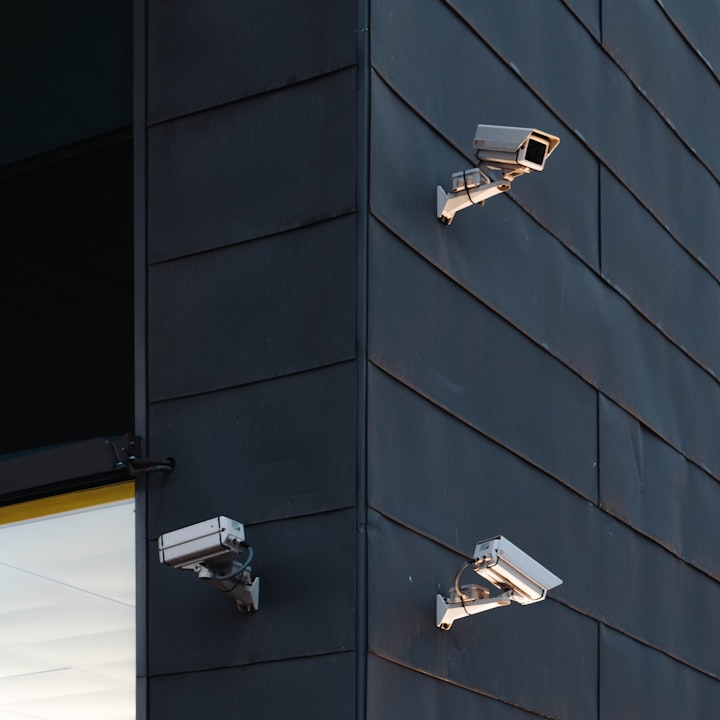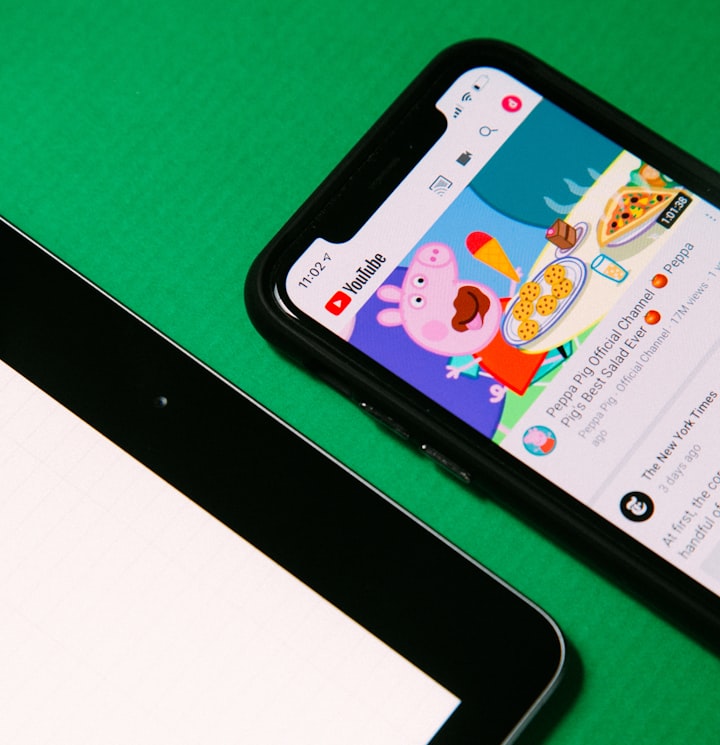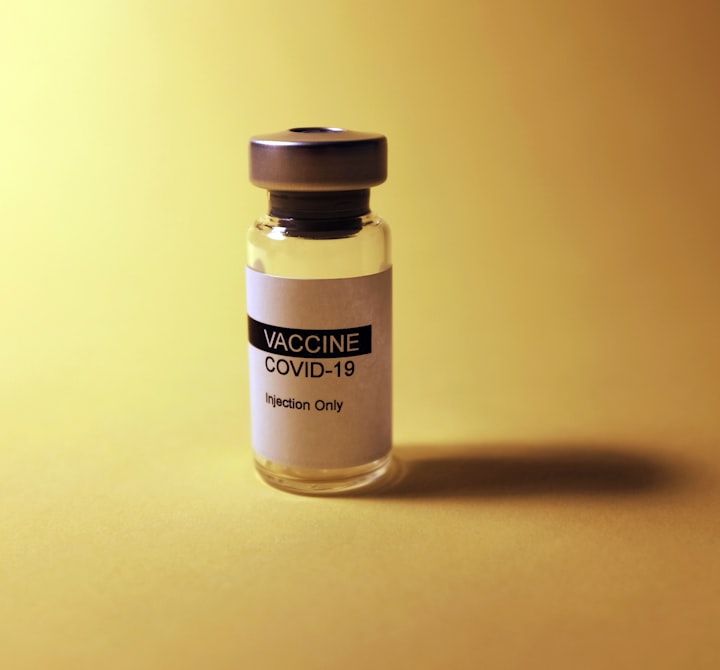Why Does Your Phone's Data Slow Down in Crowded Places?
Discover why your phone's data slows down in crowded places due to cellular network congestion and frequency band capacity.

You're at a stadium, a concert, or a festival, enjoying the atmosphere and the sense of community that comes with being surrounded by like-minded individuals.
And then you pull out your phone to capture the moment, only to realize that despite having full bars, your data isn't working.
The frustration and confusion that accompanies this situation are familiar to many.
But why does it happen?
Understanding Signal Bars
Firstly, it's important to understand that the number of bars on your phone's display represents the strength of the signal you are receiving from cellular towers.
However, it does not provide any insight into the level of congestion on the specific cellular band or how overloaded a cell site might be due to the high volume of connected devices.
Technical Limitations
When large groups of people gather in one area, the cellular network can become bogged down due to the sheer volume of devices attempting to connect and communicate simultaneously.
The limited capacity of the local cellular tower to handle these connections can result in slower data speeds, dropped calls, and difficulty in establishing new connections.
Cellular Network Congestion
Cell sites are designed to accommodate a certain number of simultaneous connections.
When this capacity is exceeded, the performance of the network can suffer.
The excess traffic leads to congestion, causing delays and interruptions in data transmission and reception.
As a result, even though your phone may display full bars, the excessive demand on the local cell site can render your data practically unusable.
Frequency Band Capacity
The frequency bands used by cellular networks have a limited capacity for handling simultaneous connections.
In densely populated areas such as stadiums or concert venues, these bands can become congested as hundreds or thousands of devices vie for network access.
The resulting congestion impairs the ability of individual devices to effectively transmit and receive data, even if they display strong signal strength.
Telecommunication Challenges
Telecommunication providers are constantly working to improve network infrastructure and capacity in high-traffic areas.
Strategies such as deploying temporary cell sites for events and increasing the frequency spectrum available for cellular communication are being implemented to alleviate congestion and enhance data accessibility for users attending large gatherings.
A Glimpse into the Future
As technological advancements continue to reshape the landscape of cellular communication, we can anticipate the evolution of more robust and adaptable networks designed to meet the demands of large crowds.
From enhanced frequency band utilization to the integration of advanced network management techniques, the future holds promising prospects for seamless connectivity even in the midst of bustling events.
Next time you find yourself amid an electrifying crowd at a stadium or a pulsating concert, take a moment to ponder the intricate dance of signals and frequencies that underpins your phone's connectivity in such vibrant settings.






